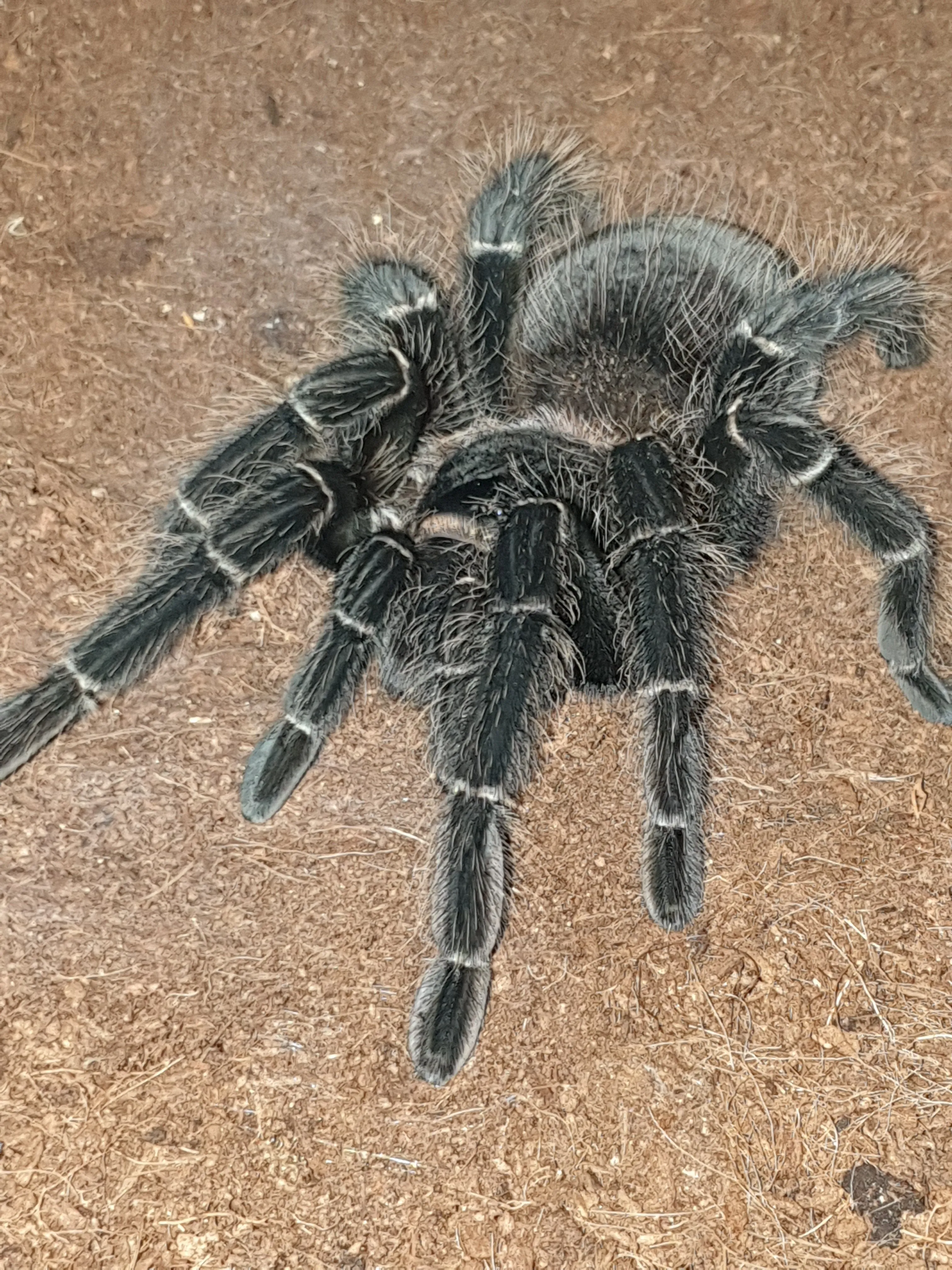LP Tarantula Sling Care Top 5 Tips
Caring for an LP (Lasiodora parahybana) tarantula sling can be an incredibly rewarding experience. These tiny spiders, although small in size, require specific care to thrive. This guide provides the top 5 tips to ensure your LP tarantula sling grows into a healthy and majestic adult. From enclosure setup to feeding and molting, understanding these key aspects of care is crucial for their well-being. Proper care not only ensures the sling’s survival but also contributes to its overall health, leading to a vibrant and long-lived pet. Remember, patience and observation are key when dealing with these fascinating creatures. Taking the time to understand their needs will enhance your enjoyment and the spider’s quality of life.
Proper Enclosure Setup
The enclosure is the foundation of your LP tarantula sling’s habitat. A well-designed enclosure replicates its natural environment and provides a safe space for growth. The size of the enclosure should be proportional to the sling’s size; a small deli cup or a similarly sized container with ventilation holes is often ideal for slings. As your LP tarantula sling grows, you will need to upgrade its enclosure. Ensure the enclosure is escape-proof, with a secure lid. The setup should prioritize the sling’s safety and comfort, mimicking its natural habitat to encourage healthy behavior and development. Always choose a container that is easy to clean and maintain, as cleanliness is vital for the sling’s health.
Ventilation for LP Tarantula Slings
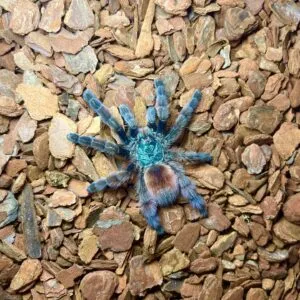
Adequate ventilation is critical to prevent mold and maintain air quality in the enclosure. Poor ventilation can lead to respiratory issues and other health problems for your LP tarantula sling. Ensure the enclosure has several small ventilation holes, ideally near the top and sides, to allow for airflow. Avoid placing the enclosure in direct sunlight or drafts, as these can fluctuate the temperature and humidity levels. Proper ventilation helps regulate humidity and prevent the buildup of harmful gases. Regular monitoring and adjustments to ventilation, based on environmental conditions, are necessary to maintain optimal conditions for your sling. A well-ventilated enclosure promotes a healthier environment and reduces the risk of fungal infections.
Substrate Selection
The substrate is the bedding material at the bottom of the enclosure, and it provides a place for your LP tarantula sling to burrow and feel secure. Choose a substrate that retains humidity and is safe for your sling. A mixture of peat moss, coco fiber, and vermiculite works well. Avoid substrates with sharp particles or chemicals that could harm your sling. The substrate should be deep enough for the sling to burrow, typically about 1-2 inches for a sling. Keeping the substrate clean and occasionally replacing it will help maintain a healthy environment. Selecting the correct substrate and proper cleaning practices are paramount for the overall health and comfort of your LP tarantula sling. Additionally, the substrate should be kept lightly moist, not soaking wet.
Temperature and Humidity
Maintaining the correct temperature and humidity levels is essential for your LP tarantula sling’s health and well-being. These factors directly influence the sling’s ability to molt and thrive. LP tarantulas originate from warm, humid environments, so replicating those conditions is crucial in captivity. Regular monitoring and adjustments are necessary to provide the best possible environment for your sling. Using a hygrometer and a thermometer is a good practice to keep track of the temperature and humidity levels. An ideal habitat replicates the natural environment, promoting a healthy and long life.
Ideal Temperature Range
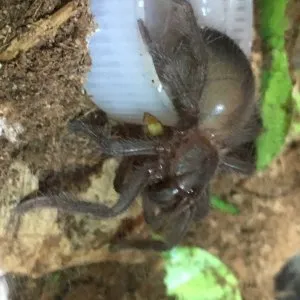
The ideal temperature range for an LP tarantula sling is typically between 75-85°F (24-29°C). It’s crucial to provide a consistent temperature. Avoid placing the enclosure in areas with extreme temperature fluctuations. A heat mat can be used on the side of the enclosure to provide a consistent temperature, but ensure it is regulated to avoid overheating the enclosure. Monitor the temperature regularly using a thermometer placed inside the enclosure. Maintaining the correct temperature ensures the sling’s metabolism functions correctly and supports healthy growth and molting.
Maintaining Humidity Levels
Humidity is another key factor in the care of an LP tarantula sling. The ideal humidity range is typically between 65-75%. Humidity is crucial for the molting process. To maintain humidity, lightly mist the substrate once or twice a week, depending on the enclosure’s ventilation. Avoid excessive misting, which can lead to mold growth. Regular monitoring with a hygrometer is essential to ensure the humidity remains within the ideal range. Adjust the misting frequency based on the enclosure’s ventilation and the environmental conditions to avoid an environment too dry or too wet. Proper humidity levels promote healthy molting and overall well-being of the sling.
Feeding Your LP Tarantula Sling
Proper feeding is essential for the growth and development of your LP tarantula sling. Providing the right food in the correct quantities ensures the sling receives adequate nutrition. Monitoring your sling’s eating habits and adjusting the diet as needed is important. Remember that the sling’s dietary needs change as it grows, so it is important to adapt the feeding practices as your pet matures. A well-fed LP tarantula sling is a healthy sling. Always make sure to remove any uneaten food to prevent mold or mites.
Choosing the Right Food
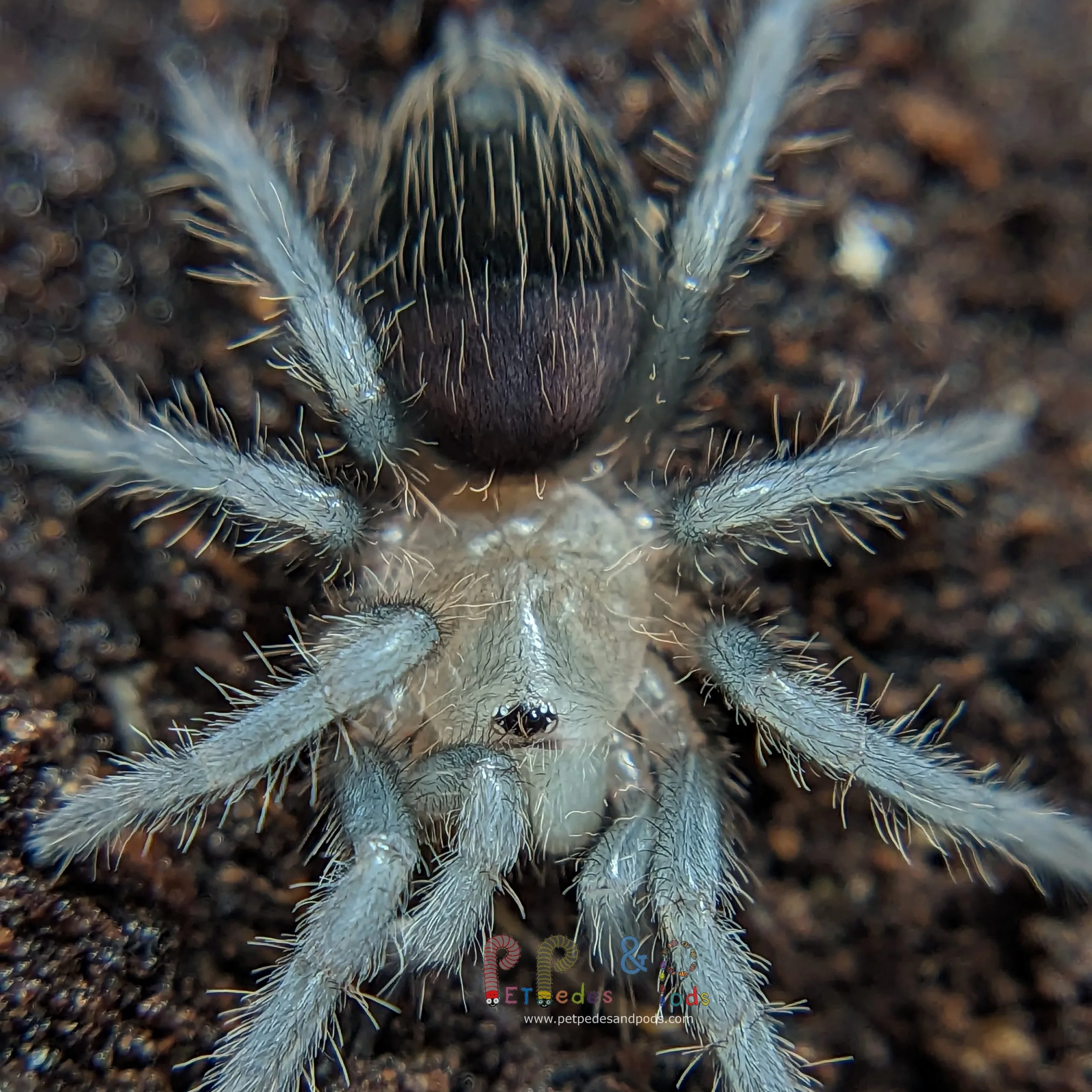
LP tarantula slings primarily eat insects. Good choices include small crickets, mealworms, and pre-killed roaches. The size of the food item should be appropriate for the sling; the insect should be no larger than the sling’s body. Ensure the insects are gut-loaded with nutritious food before offering them to your sling. Gut-loading involves feeding the insects a nutritious diet, which then passes on vital nutrients to your sling. Avoid feeding insects that have been exposed to pesticides or other chemicals. Offer a variety of insects to ensure a balanced diet for your LP tarantula sling. By selecting the right food items, you help your sling grow and develop properly.
Feeding Frequency
The feeding frequency for an LP tarantula sling typically ranges from once or twice a week. Observe your sling’s abdomen; a plump abdomen indicates a well-fed tarantula. Adjust the feeding frequency depending on the sling’s appetite and growth rate. Young slings often require more frequent feeding than older ones. It’s essential to remove uneaten food within 24 hours to prevent the growth of mold and mites. Overfeeding is less of a concern than underfeeding, but still, avoid offering food excessively to prevent the sling from becoming overweight, which can cause health problems. Regular observation of the sling’s feeding habits helps you establish an appropriate schedule.
Watering Your LP Tarantula Sling
Providing a water source is crucial for the survival of your LP tarantula sling. Slings need access to fresh water to stay hydrated. Ensuring the right water source and practices is key to the sling’s well-being. Dehydration can lead to health problems and even death, so always monitor the water source. A reliable water source is a necessity for the long-term care of your LP tarantula sling.
Water Bowl and Refilling
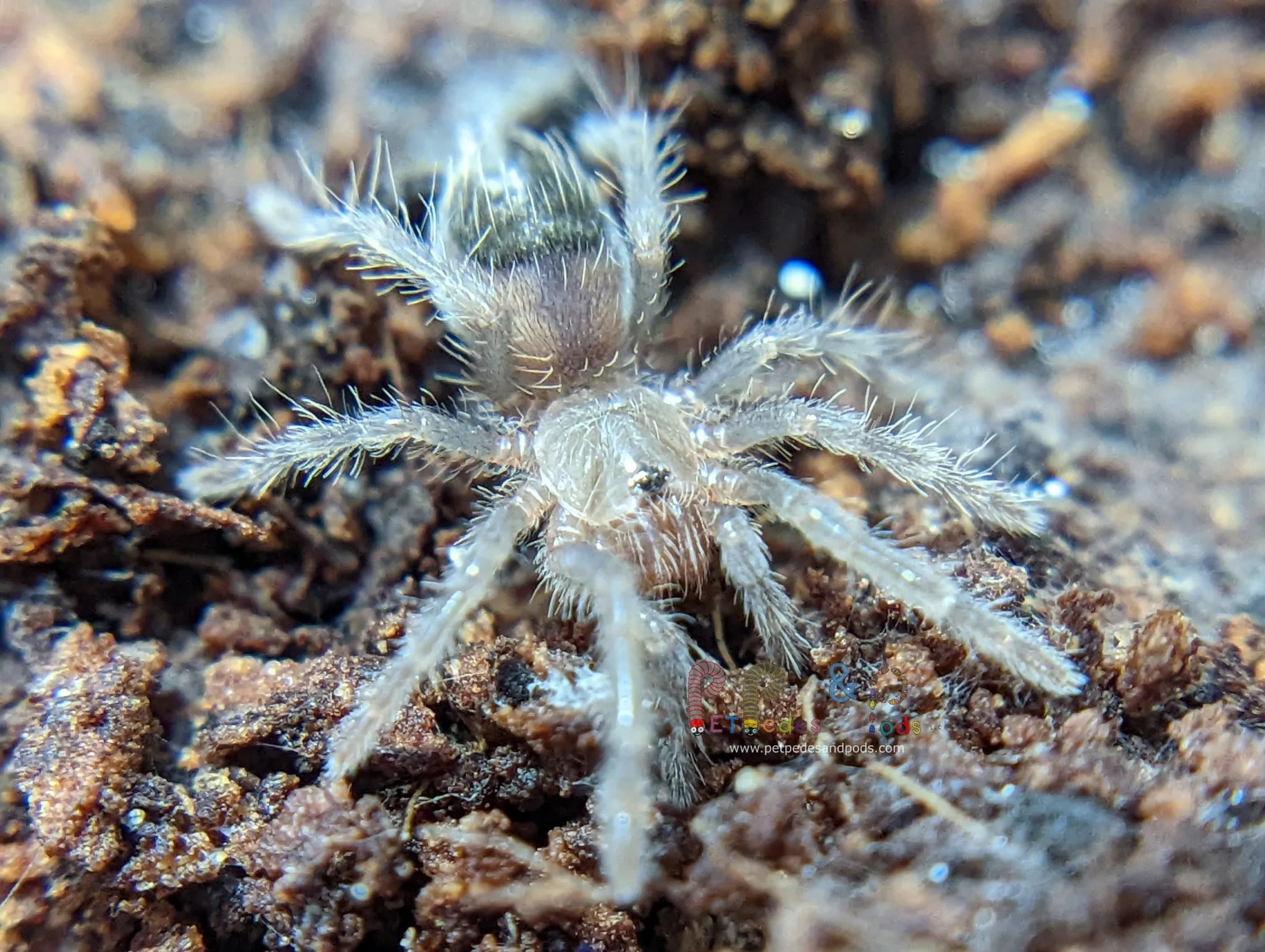
A shallow water dish is essential for your LP tarantula sling. Use a small, shallow dish, such as a bottle cap or a small, commercially available water dish designed for spiders. Refill the water dish regularly, at least every other day, to ensure a constant supply of fresh water. Clean the water dish thoroughly when refilling to prevent bacterial growth. Avoid using tap water; provide bottled or dechlorinated water to avoid any harmful chemicals. Position the water dish in a safe location within the enclosure, away from the heat source if one is used. Always ensure the water dish is easily accessible for your LP tarantula sling, and that it’s clean and free from any debris.
Misting for Humidity
Misting the enclosure helps maintain the required humidity levels, but it is not a substitute for providing a water dish. Lightly mist the substrate and the enclosure walls with a spray bottle, avoiding direct spraying of the sling. Misting frequency depends on the enclosure’s ventilation and the environmental humidity, typically once or twice a week. Over-misting can lead to mold growth and should be avoided. Monitor the humidity levels with a hygrometer and adjust the misting schedule accordingly. Make sure the enclosure has good ventilation to avoid excessive humidity, which can lead to health issues. When the humidity is well controlled, it provides a comfortable environment for your sling.
Handling Your LP Tarantula Sling
Handling a tarantula sling should be approached with caution and consideration. While LP tarantulas are generally docile, slings are fragile and easily injured. Minimize handling to reduce stress and the risk of injury. Observing your sling in its enclosure offers an excellent way to appreciate its behavior and beauty. Handling should be reserved for essential situations, like enclosure maintenance. Remember, the safety and well-being of your LP tarantula sling should always be the priority.
When to Avoid Handling
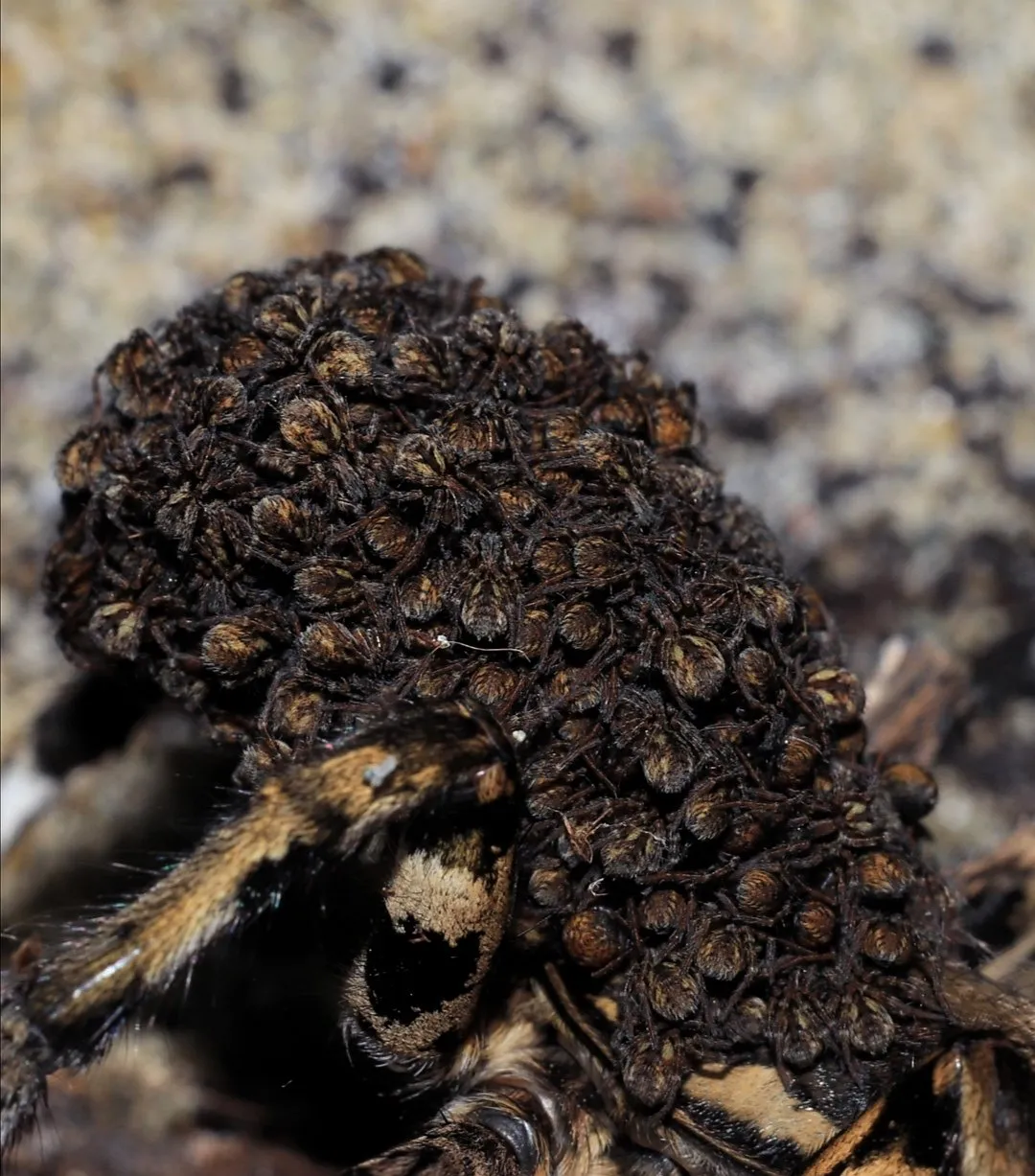
Avoid handling your LP tarantula sling during molting or just before molting, as they are particularly vulnerable during this time. Do not handle the sling after a recent feeding, as stress can cause regurgitation. Refrain from handling the sling if it displays any signs of stress, such as a defensive posture or erratic behavior. If you must handle the sling, do so in a safe environment, such as close to the ground to minimize the risk of injury if it falls. Minimize handling when you are not familiar with the sling’s behavior to avoid causing harm. Prioritize the sling’s well-being and only handle it when absolutely necessary.
Observing Your Sling
Regularly observe your LP tarantula sling for any signs of illness or stress. Observe their behavior, eating habits, and overall activity levels. Monitor the enclosure for any signs of mold or pests. Observe your sling’s posture and reactions to its environment. A healthy sling should be active, alert, and responsive to its surroundings. Observing your sling is a great way to bond with it and provides a window into its health and happiness. Any unusual behavior should prompt you to check and address any potential issues. By observing your sling, you can quickly identify any problems and take appropriate action.
Recognizing Molting Signs
Molting is a natural process where tarantulas shed their exoskeleton. Recognizing the signs of molting is important to provide the proper care and avoid disturbance. Preparing for molting and assisting the process can significantly improve the overall health and well-being of your LP tarantula sling. Proper preparation during molting helps ensure a smooth and successful process. This phase is critical to the sling’s development and overall health. Always take care to avoid disturbing the sling during the molting period.
Preparing for Molting
When your LP tarantula sling is preparing to molt, it will often become less active and may refuse to eat. It may also begin to seal itself in a burrow or web retreat. Increase the humidity slightly to aid the molting process. Avoid disturbing the sling during this time. Make sure the sling has access to water, but do not mist directly. It is crucial to maintain a safe and undisturbed environment. During molting, it’s important to avoid any potential stressors. The sling will naturally emerge after the molting process has been completed. Prepare for the process and ensure you maintain a suitable environment during this period.
Post-Molting Care
After molting, your LP tarantula sling will be soft and vulnerable. Do not feed the sling for a few days to allow the new exoskeleton to harden. After a few days, you can offer a small meal. Ensure the environment is stable and free from disturbances. The sling’s colors will often be more vibrant after molting. Avoid handling the sling for at least a week after molting. During this period, the tarantula is fragile. Be patient and let the sling acclimate to its new exoskeleton. The best practice is to remain patient to allow the sling to fully recover from the process. Over time, the sling will regain its strength and become more active.
